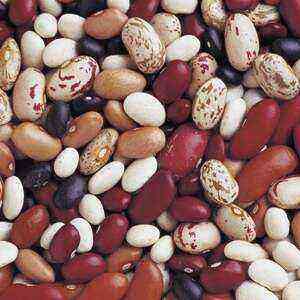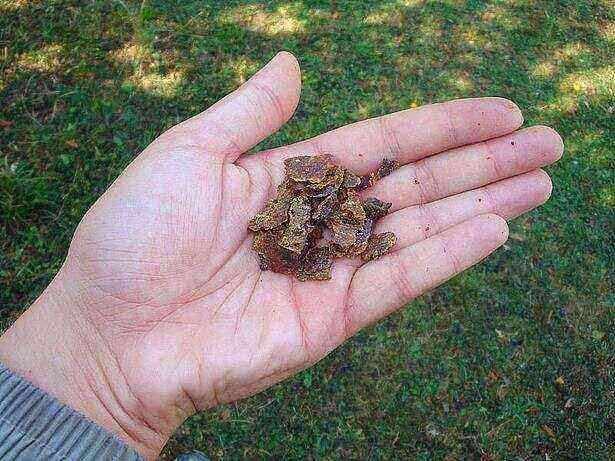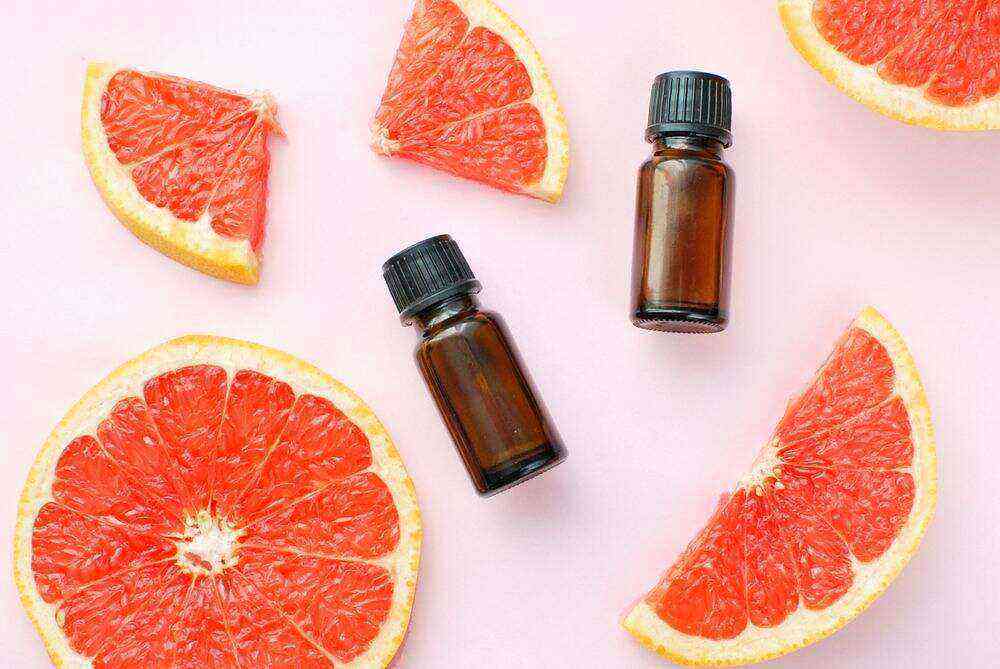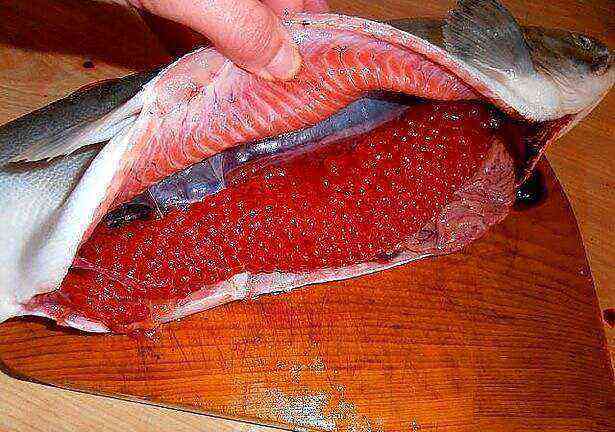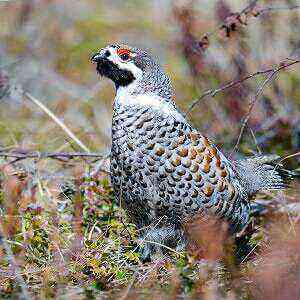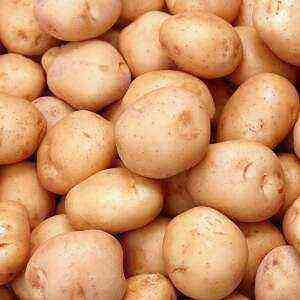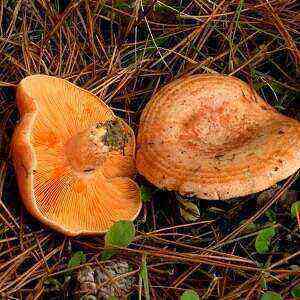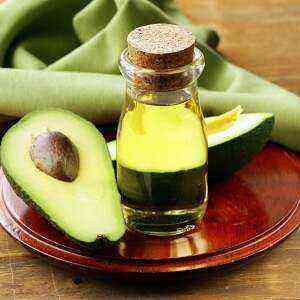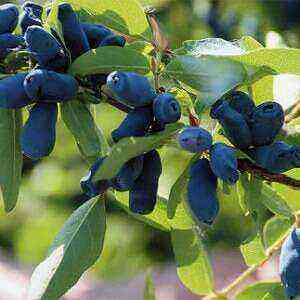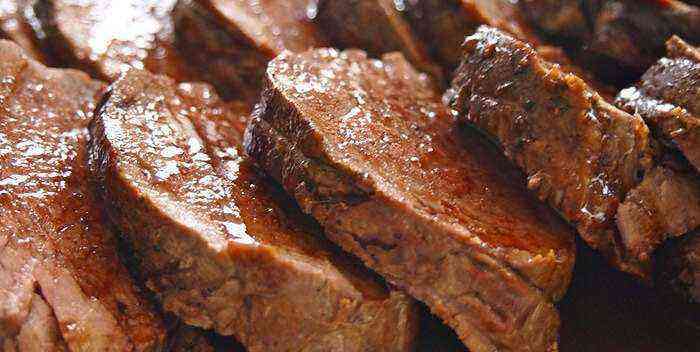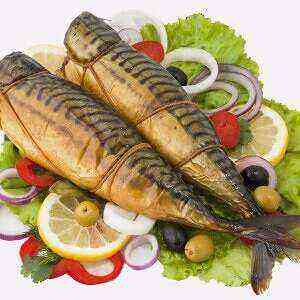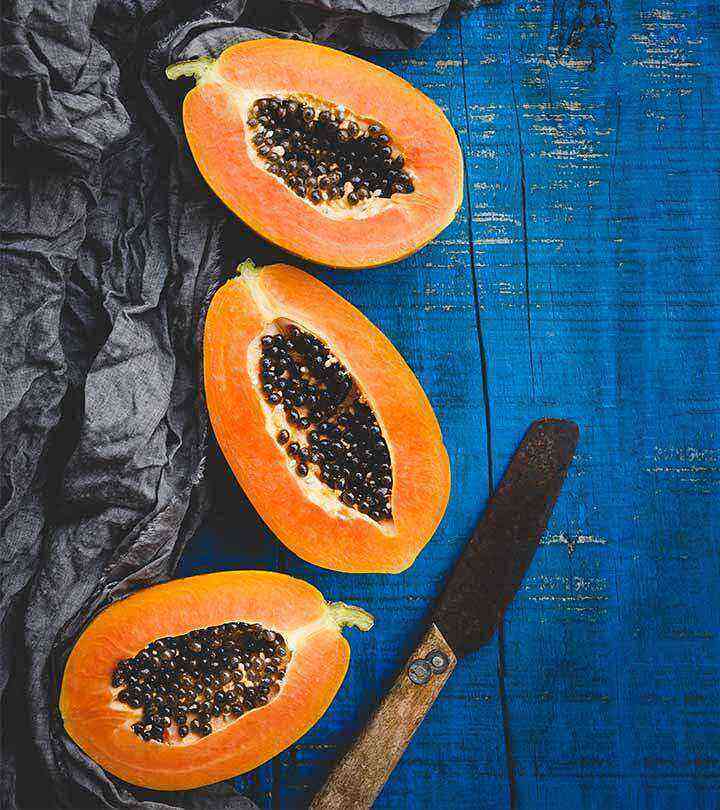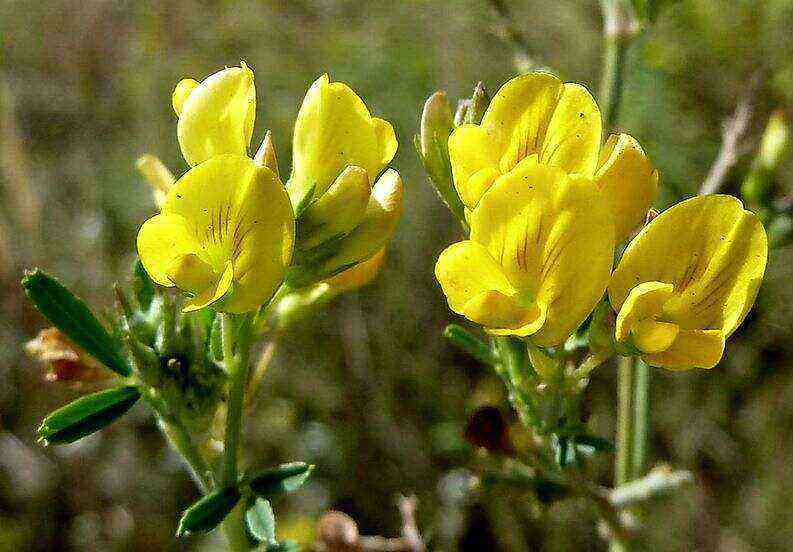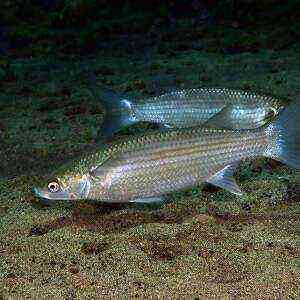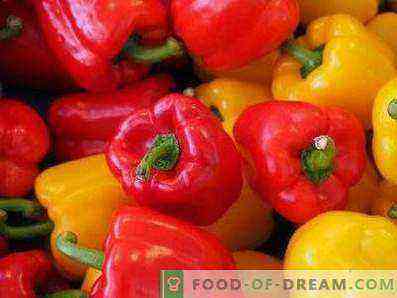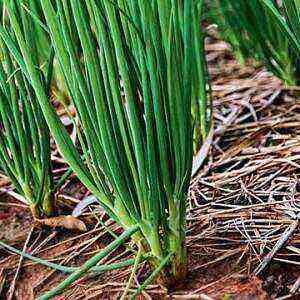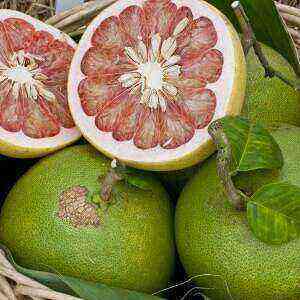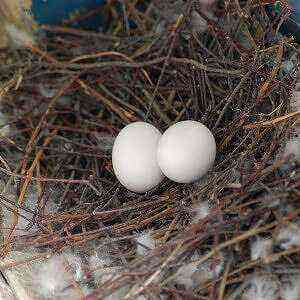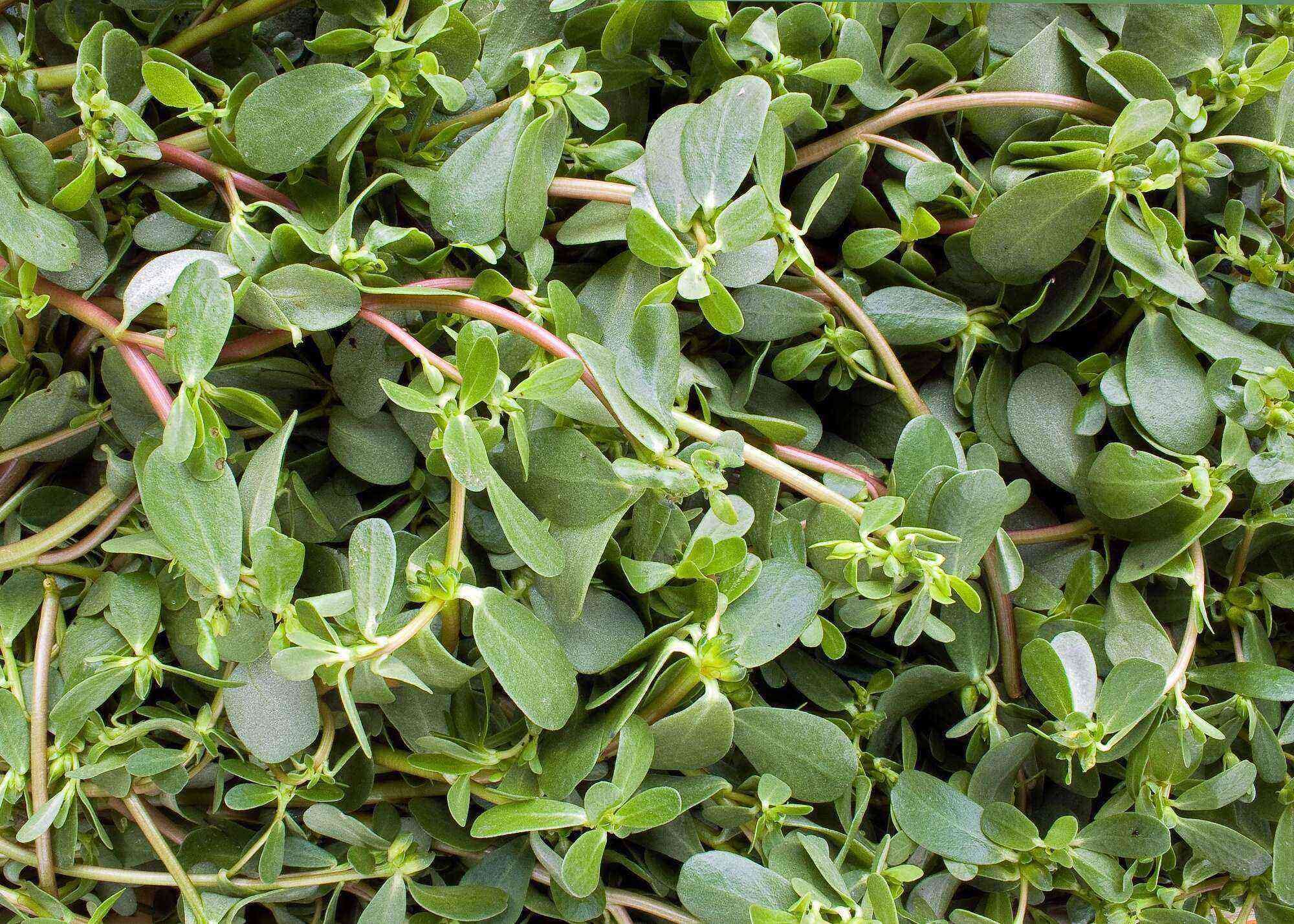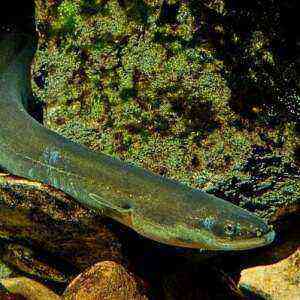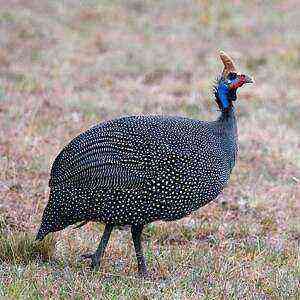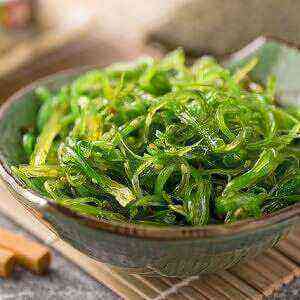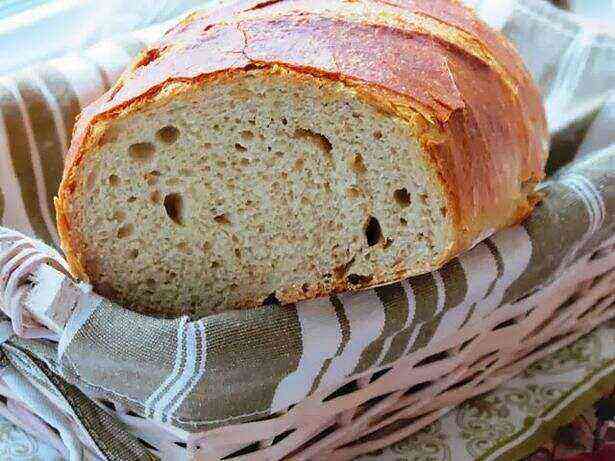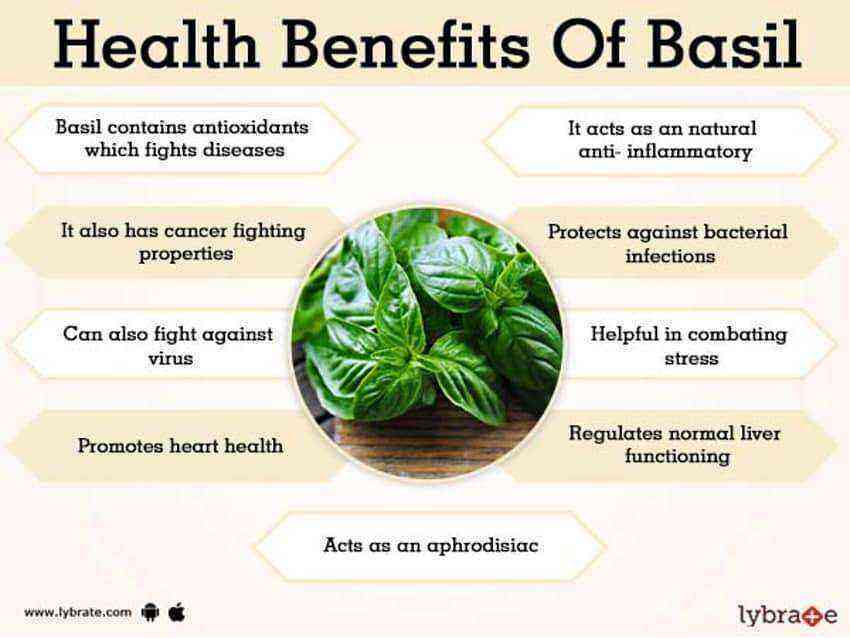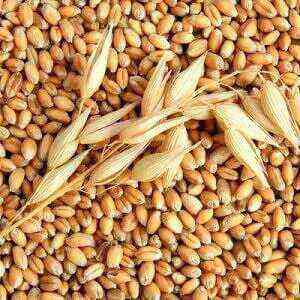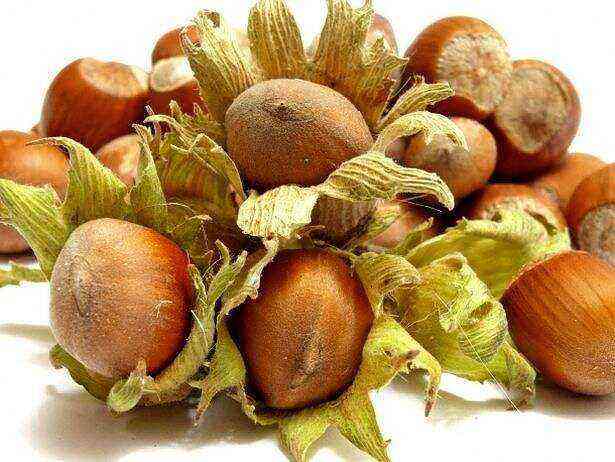Currant (Ribes) is a perennial shrub plant of the gooseberry family. The shrubs are quite tall, they can reach 1.5 – 2 m in height. Currant fruits are round berries of black, red or yellow color, depending on the variety. In total, there are about 150 species of currants growing all over the world – in Europe, Asia, Africa and America.
Our most popular types of currants are red and black. These shrubs have long been cultivated as a garden plant, use fruits and leaves in homemade preparations and for the preparation of various medicinal and cosmetic products.
Composition and useful properties of currants
By its properties, currant is one of the most valuable berry crops. In terms of the amount of vitamin C, it is much superior to citrus fruits. Currant berries contain up to 12% sugars, and up to 4% organic acids – citric and malic. Also worth noting is beta-carotene, B vitamins, tannins, pectin and fiber. Currant leaves and stems contain resin and essential oil.
Regular consumption of fresh berries helps prevent the development of atherosclerosis and even Alzheimer’s disease. Currant teas are useful for kidney and upper respiratory tract diseases. Infusion of black currant leaves helps to remove toxins, excess purine and uric acids from the body, has a cleansing and regenerating effect.
Cooking application
Berries are consumed fresh and processed, canned, used for the preparation of fruit drinks, compotes, preserves, baked goods. Cernai currant is an excellent addition for any confectionery, and from the edgeSleepy make wonderful sweet and sour sauces for meat and fish. Currant leaves are an invariable component of marinades – the preparation of pickled cucumbers or tomatoes is never complete without adding currant leaves. Thanks to the essential oils contained, the leaves impart a delicate spicy aroma to marinades, sauces, and are also used to flavor drinks, wines, liqueurs, various canned foods, and tobacco. An excellent aromatic tea with a tonic and strengthening effect is obtained from currant leaves.
Currant extract is widely used in the cosmetic and perfumery industries; many famous perfumes have currant notes in their compositions.

